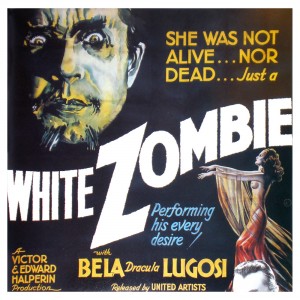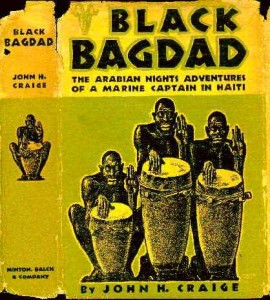The article ‘Terror in Horror Genres: The Global Media and the Millennial Zombie’, conducted byBirch-Bayley Nicole, aims to explore zombie as an iconography and allegory of society from the post-modern to modern era, focusing especially on zombie films. First, the author suggests the symbolic meaning of the post-modern zombie with regard to racism, capitalism and imperialism. Then, Birch-Bayley analyses “28 Days Later” (2004), “Dawn of the Dead” (2004), “28 Weeks later” (2007) and “Diary of the Dead” (2007) to make social comments. The plots, setting and even character dialogs are analysed carefully to demonstrate how these media products reflect the society’s fear of terrorism and epidemic, particularly after the 11/9. The article links the millennial zombie to the social anxieties in the era of globalisation. Additionally, this paper designates how these modern films shed a light on the hostility and anxieties of the universal media in the new millennium.
The article is highly readable because it is well structured and organized. The author also takes advantage of other frameworks in the same field to fortify his arguments. For the whole of this paper, Birch-Bayley indicates the impotence of the military and the government in dealing with global crisis. In those films the military is portrayed to be extremely ineffective, which strongly fits in with the current worldwide situation. Around the world, military is still being used by many countries to deal with their conflicts instead of diplomacy. The paper takes the intercession of American troops in Iraq as an example to the way the America tries to assist in solving the outbreak in “28 Days Later”. However, in this situation, taking the occupation of Iraq can be a bias because this issue is being debated no-stop because of its controversy. There might be political or economic ambition, rather than a mere solving conflict attempt.
The paper introduces valuable key insights of how changes in media remarkably bring zombie film making to a completely new level as well as the important role of media in presenting global issues. Combining with other works focusing on studying the origin of this horrified figure, this article is very useful for those who want to research zombie culture. Furthermore, this paper raises a question which I find it significant: has human race become resistant to international crisis and violence? Audiences should be scared of horror film as mentioned in the article (Birch-Bayley, Clarens cited in 1967). The author also suggests that viewers, in many cases, do not recognise the connection between zombie fantasy and reality. They are supposed to be aware of the threat associated with zombies, not to become desensitised to them. Therefore, further research can be conducted to clarify this issue.
Reference:
Birch‐Bayley, N 2012, ‘Terror in Horror Genres: The Global Media and the Millennial Zombie’, Journal of Popular Culture, vol.45, no.6, pp.1137-1151.


